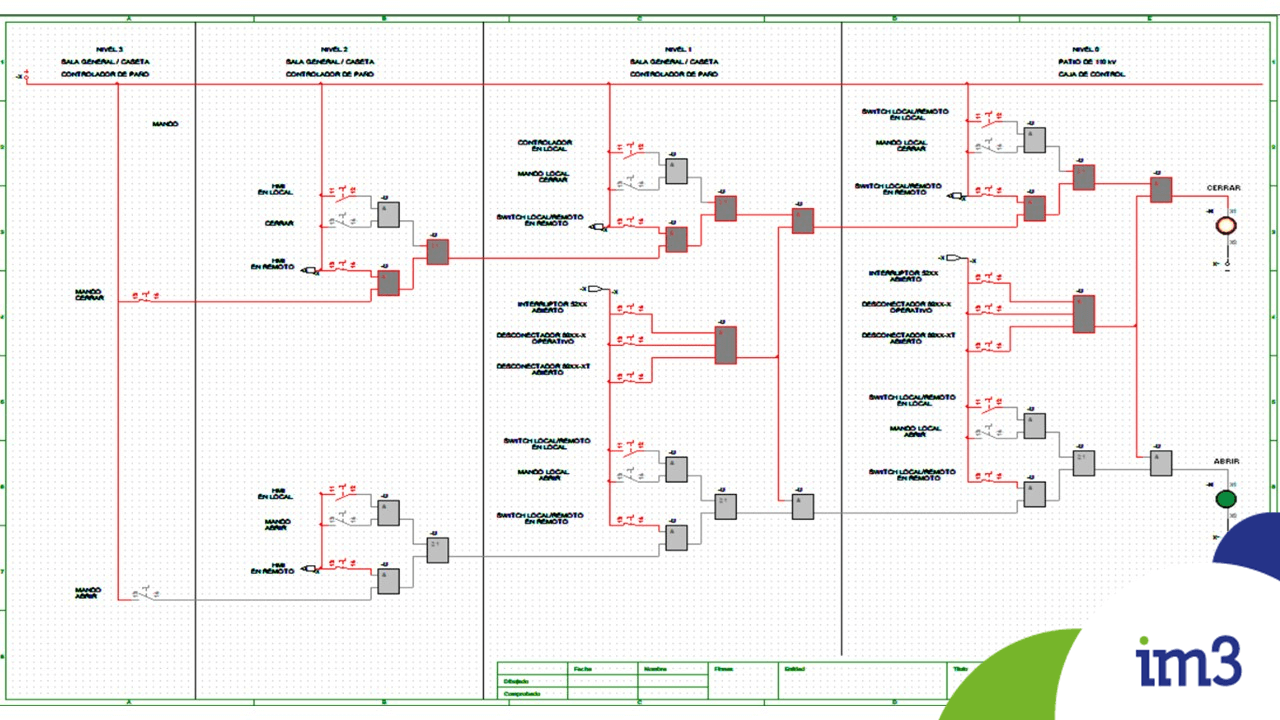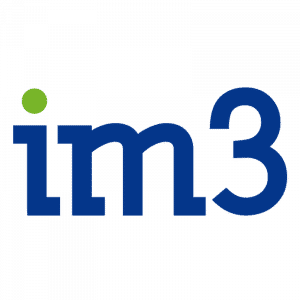
17 Jun CADe Simu applied to Control Systems in Substations
17/06/2022
The main function of a Control System in an electrical substation is to supervise, control and protect electrical installations.
A Control System in a Substation is implemented following a hierarchical architecture by levels:
• Level 0: primary equipment and auxiliary services.
• Level 1: bay controllers.
• Level 2: centralized substation control.
• Level 3: remote control and operation centers.
Due to the advancement of supervision and data collection systems, the control of substations has evolved from completely manual systems of local operation towards integration in Substation Automation Systems (SAS)
The image of the news shows the scheme designed in CADe Simu for the selection of the Operating Modes for the opening/closing maneuver of a high voltage switch in the 110 kV switchyard of a substation, which allows the visual verification of its operation.
The power switches, together with the disconnectors, the operating modes of the ONAN/ONAF/OFAF power transformer cooling systems, the Tap Changers and the Auxiliary Services configuration are the elements that allow the topology of the network and the working mode of its auxiliary systems to be modified.
Im3, creating engineering solutions for the future!

